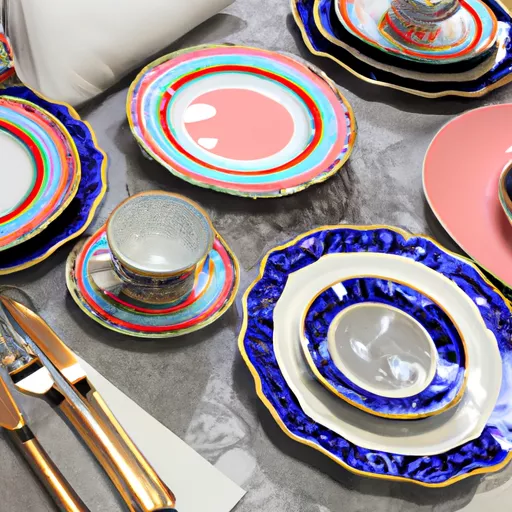
Web design is not just about creating beautiful and functional websites. It is an art where every detail matters. In the world of the internet, where there are hundreds of thousands of websites, it is important to create unique and memorable websites. Design and user experience play a key role in achieving this goal.
In recent years, there have been new trends in web design that help websites stand out in the ocean of the internet. Elegant design and quality user experience are becoming increasingly important. Let's take a look at some of these trends:
1. Minimalism
One of the main trends in modern web design is minimalism. Minimalist design involves using simple and clean lines, neutral colors, and space around elements. It focuses more on the substance of the content rather than excessive decoration. Minimalism makes a website clear and user-friendly.
2. Bright Colors and Gradients
Bold and vibrant colors are becoming increasingly popular in web design. They attract attention and make the website more lively. Gradients are also in demand as they add depth and interest to the design. Combining multiple bright colors and gradients can create stunning visual aesthetics.
3. Parallax
Parallax is a depth effect created by the movement of different layers of content on a website when a user scrolls. This adds interactivity and attractiveness to the design. Parallax also allows for better conveying information and telling stories through visual effects.
4. Animation
Animation is an important aspect of modern web design. It can add movement and dynamics to a website, making it more appealing and interesting for users. Animation allows for emphasizing key elements and creating a visual story on the website.
5. Asymmetry
Instead of traditional symmetry in design, asymmetrical layouts are increasingly seen. They give a website individuality and a memorable appearance. Asymmetry can be used to create unique compositions and balance elements on a page.
6. Custom Illustrations
Custom illustrations and drawings can add uniqueness and distinctiveness to a website. They can be used to convey information, create a mood, or decorate the design. Custom illustrations can be created in different styles and add character to a website.
7. Modular Design
Modular design is an approach in which all website content is broken down into separate blocks or modules. This allows for flexible placement of elements and simplifies content management. Modular design also facilitates the creation of responsive websites that are easy to view on different devices.
8. Text as a Graphic Element
Instead of traditional text, more and more designers are using fonts and typography as graphic elements on a website. This adds interest and originality to the design, attracting the user's attention to the text. Beautiful and unusual fonts can become a key feature of a website.
9. Use of Video
Videos are becoming increasingly popular among designers. They can be used to create background videos or visual stories. Videos add movement and dynamics to a website, making it more appealing to users. They can also help tell a story about a brand or product.
10. Authentic Photography
Photos featuring real people and events are becoming increasingly popular. Authentic photos create a more sincere and natural image of a website. They can be used to convey the atmosphere and mood of a website.
By studying and implementing these trends, web designers can create websites that not only stand out in the ocean of the internet but also offer an amazing user experience. Every detail matters, and the right combination of design and functionality creates a beautiful website that will be remembered and appreciated.


